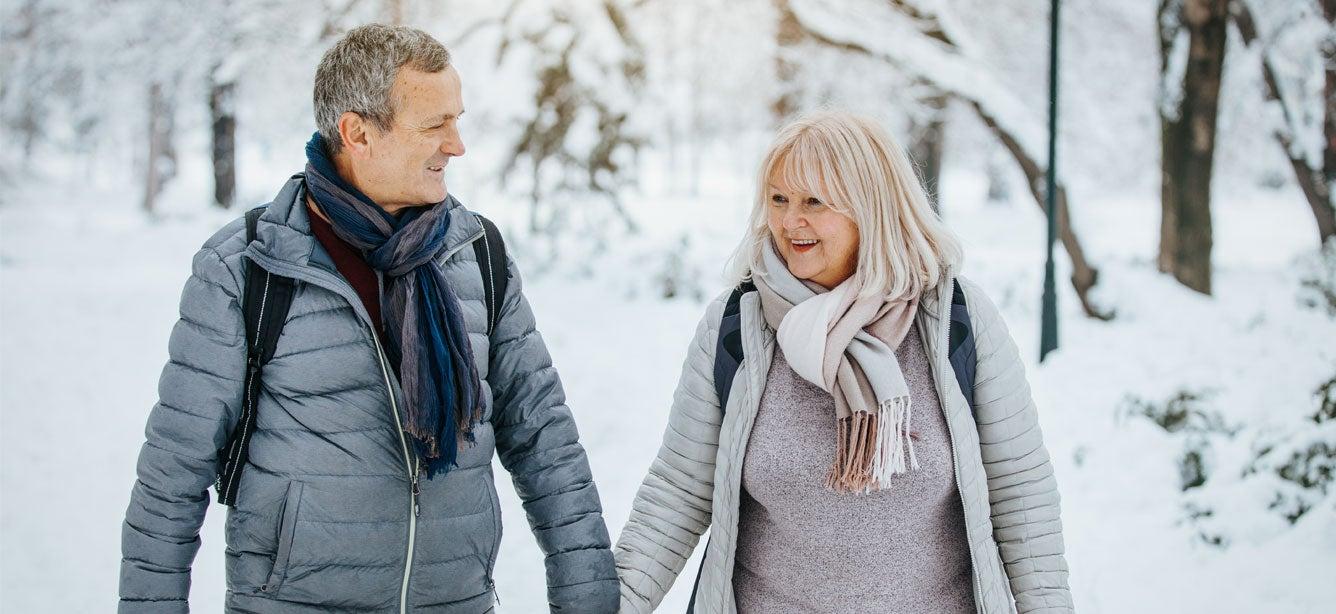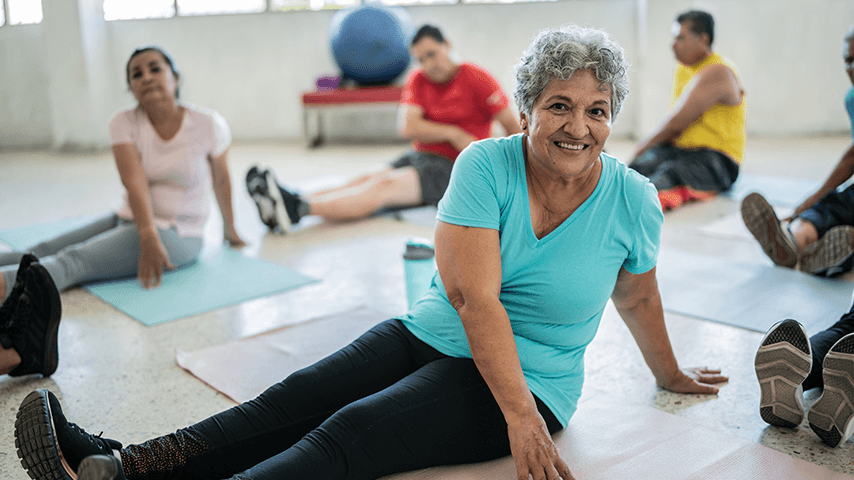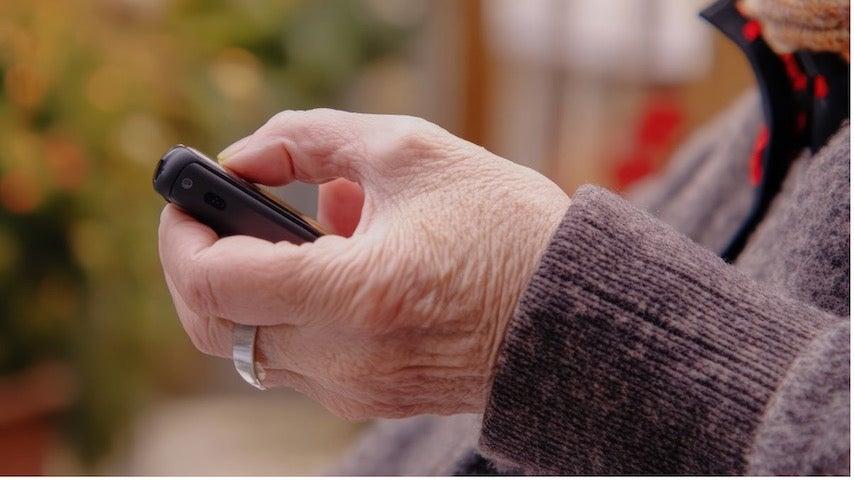
Related Topics
While most of us can admire the beauty of a snow-blanketed landscape, we often feel less appreciation when that same winter weather brings extra falls hazards to our doorstep. Falls are the leading cause of injury for older adults, and slippery surfaces from winter weather pose a predictable risk. The good news: When we can predict, we can prepare.
You may be wondering, How can I prevent myself from falling in winter? Following these five tips for winter preparedness can greatly reduce everyone’s risk of falling this cold season:
Raise awareness: Many of us underestimate our risk of falling, but the truth is that more than one in four older Americans fall every year. Learning about risk factors and prevention efforts can help you reduce your chance of falling, and sharing that information can help others! Raise awareness about falls prevention by reading and sharing 6 Steps to Prevent a Fall infographic.
Ask for a falls risk screening: When you visit your primary care provider, ask your doctor to conduct a screening for falls risk, such as the STEADI fall risk screening. Use the results to discuss concerns and strategies to reduce your risk with your doctor, friends, and family. Before your doctor visit, consider taking the Falls Free CheckUp as a starting point.
Sprinkle cat litter on slick surfaces: You can reduce your risk of slipping on icy surfaces by creating even a little bit of traction, and sprinkling cat litter is an easy, affordable way to achieve this. Carry a small bag filled with a lightweight cat litter in your pocket and cast it out ahead of yourself as you're walking on slick surfaces.
Give the gift of falls prevention: There are many tools that can be useful in reducing your risk for falls. Consider adding the following items to your shopping list for yourself or others:
- Motion-sensored fall alarm systems
- Higher toilet seats
- Multifocal glasses with single vision eyeglass lenses
- Grab bars
- Firm stair railings
- Lights over stairways and by outside entrances
- A table to set down bags while finding keys
- Flashlights to attach to keysand clothing
“Winterize” shoes, boots, and assistive devices
- Attach spikeless ice and snow shoe gripper sole covers to shoes for extra stability when walking on slippery surfaces. Look for these at sporting goods stores.
- Choose winter shoes with rubber soles to maintain traction on slippery surfaces.
- Attach an ice gripper cane tip that has spikes on the bottom to penetrate the ice and secure a firm grip. Ice grip tips can be purchased online.
- Learn about special precautions and preparedness ips for using a wheelchair safely in the snow.
While these tips are great for keeping you on your feet in winter weather, did you know you have the power to lower your risk of falling year-round? Visit our Falls Prevention resource page to learn more about steps you can take to stay safe in every season.



